August 12, 2025
Off Beat Places in Europe: 10 Hidden Gems You Need to Explore
CM Content Team


View all
140+
Resorts
August 12, 2025
CM Content Team
Europe is a dream destination for many, with its iconic cities, charming architecture, and timeless art. But in recent years, travellers have begun to feel the pressure of overcrowded squares, long queues outside monuments, and itineraries that feel too familiar. While the Eiffel Tower and Colosseum remain stunning, there’s a quieter, more soulful side of Europe waiting to be discovered.
This blog takes you deep into the heart of offbeat places in Europe. Here, forested towns, scenic islands, medieval hamlets, and lesser-known coastal escapes promise meaningful experiences and offer a chance to rediscover travel at your own pace.
Let’s explore the offbeat places of Europe where time slows down and every moment feels personal.
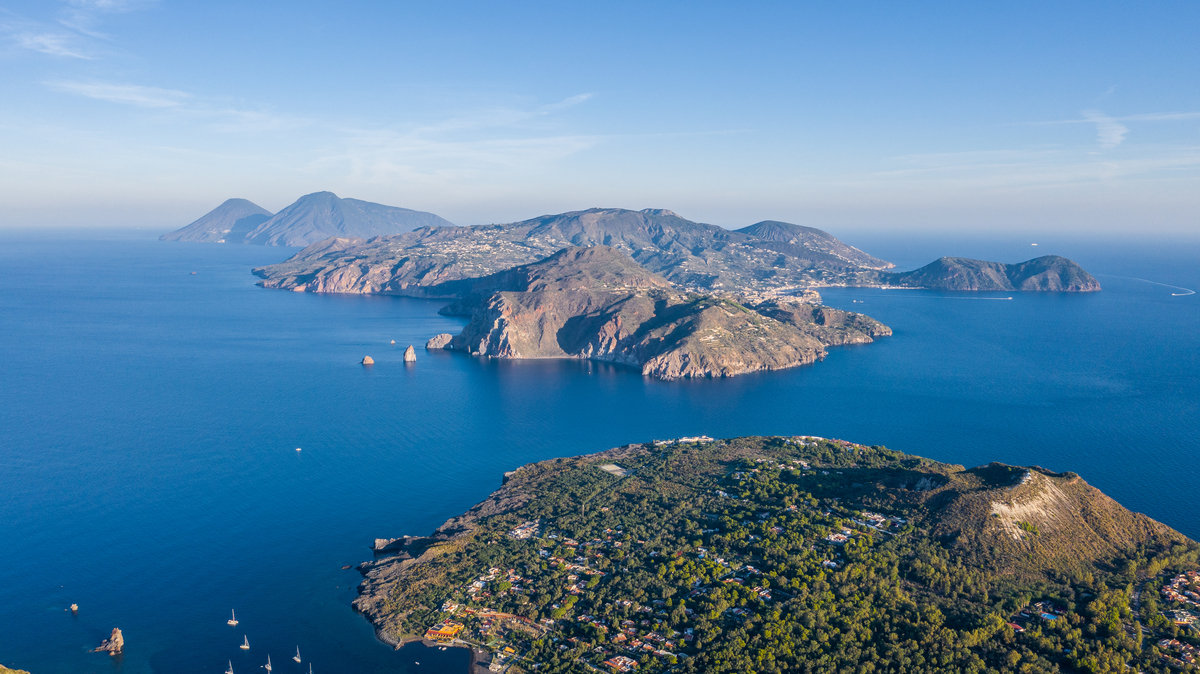
Floating in the Tyrrhenian Sea off Sicily's coast, the seven Aeolian Islands are a volcanic wonderland of black sand beaches, bubbling mud baths, and fiery sunsets. Each island has its own distinct personality, from the chic vibes of Panarea to the raw, untamed nature of Alicudi. This is where you come to witness the raw power and beauty of the Mediterranean, a true hidden gem in Europe.
Best Time to Visit: May to June or September to October, for pleasant weather and fewer crowds.
What to Do:
How to Reach: The closest major airport is Catania (CTA) in Sicily. From there, take a bus or taxi to the ports of Milazzo or Messina, where you can catch regular ferries to the islands.
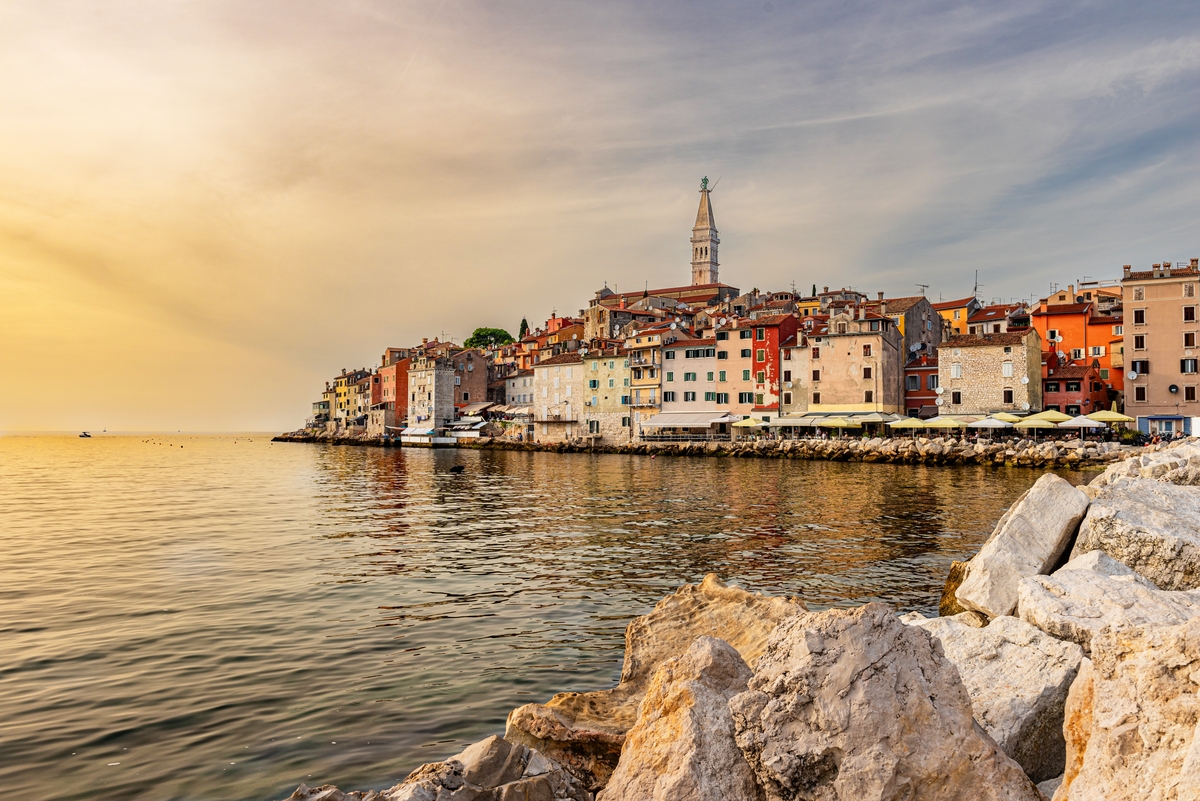
Often called the "Croatian Tuscany," the Istrian Peninsula is a heart-shaped land of rolling green hills, medieval hilltop towns, and a sparkling coastline. Its rich history is a tapestry of Roman, Venetian, and Austro-Hungarian influences, evident in its architecture and exquisite cuisine. It’s a foodie paradise, famous for its truffles, olive oil, and wine, making it one of the most underrated travel destinations in Europe for gourmands.
Best Time to Visit: May to June and September. The summer months of July and August are lovely but can be busy.
What to Do:
How to Reach: The main airport is Pula (PUY). Alternatively, you can fly into Zagreb (ZAG) or even Venice, Italy (VCE), and enjoy a scenic drive.
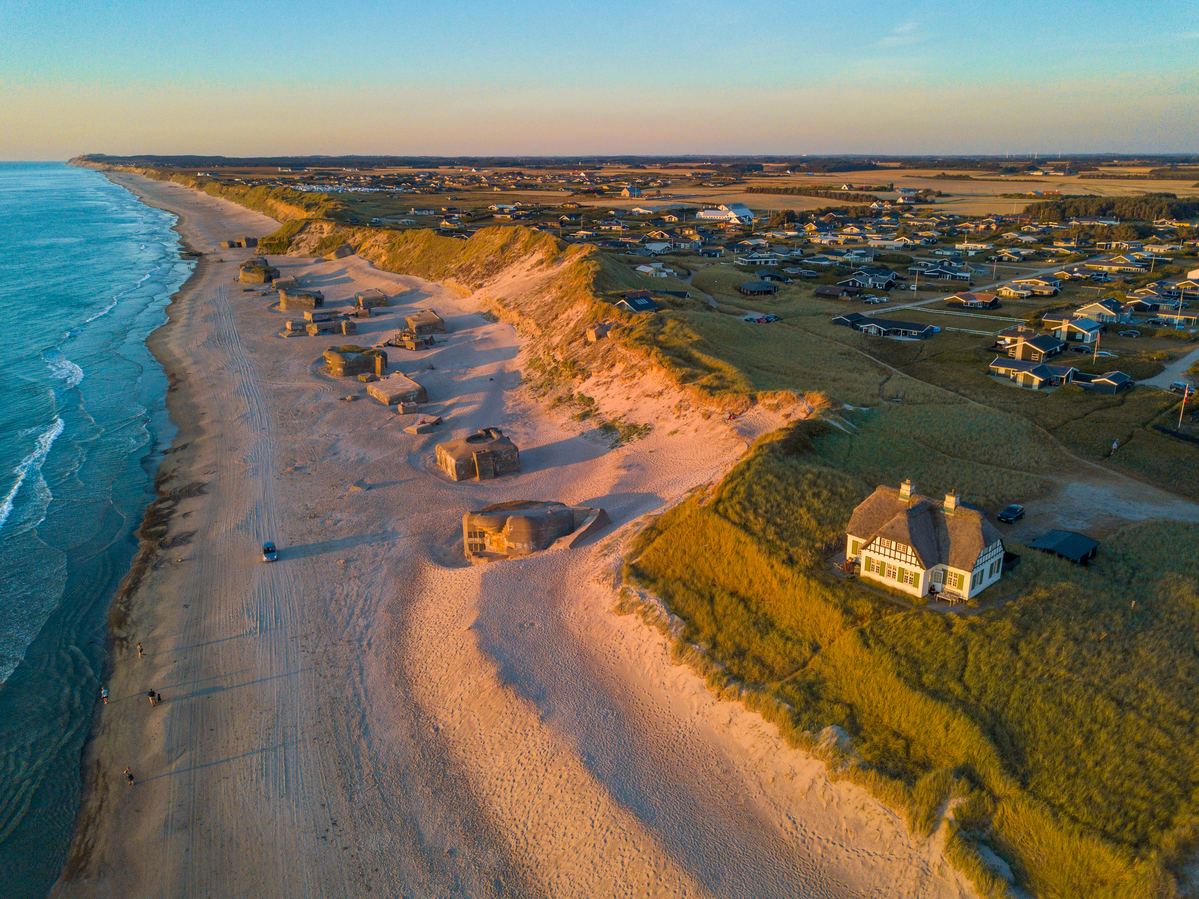
At the very top of Denmark, where the North Sea and the Baltic Sea collide, lies the wild and windswept region of North Jutland. This is a land of vast sandy beaches, dramatic dunes, and charming fishing villages bathed in a unique, luminous light that has inspired artists for generations. It is a perfect escape for nature lovers and those seeking solitude.
Best Time to Visit: June to August for the warmest weather and long, bright evenings.
What to Do:
How to Reach: The nearest airport is Aalborg (AAL). From major Indian cities, you would typically connect through hubs like Copenhagen (CPH) or Amsterdam (AMS).
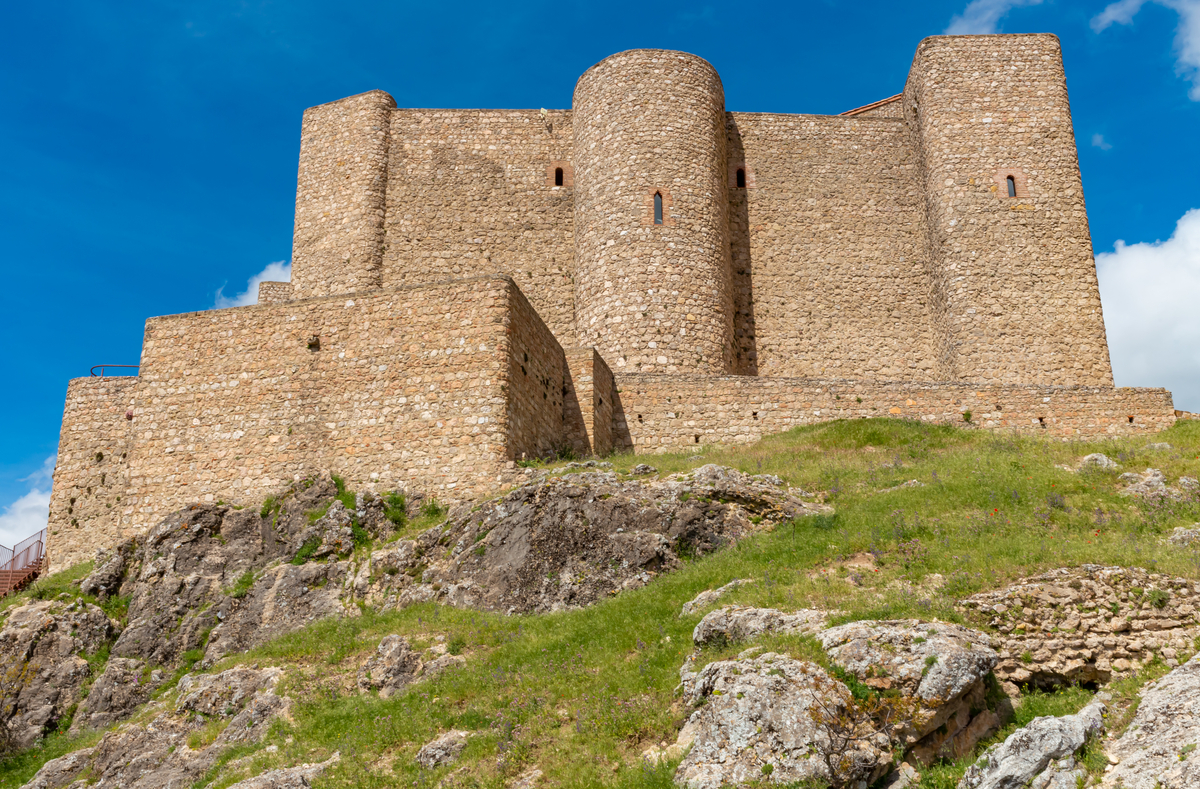
Segura de la Sierra is a breathtakingly beautiful white village, or 'pueblo blanco' perched atop a mountain in Andalusia. Crowned by a magnificent medieval castle, it offers panoramic views of the surrounding Sierras de Cazorla, Segura y Las Villas Natural Park. This is one of those truly hidden European villages for solo travellers or anyone seeking profound peace and a connection to history.
Best Time to Visit: April to June or September to October to avoid the intense summer heat.
What to Do:
How to Reach: This is a true offbeat gem. The closest major international airports are Madrid (MAD) or Granada (GRX). From there, renting a car is the best option for the scenic 3 to 4-hour drive.
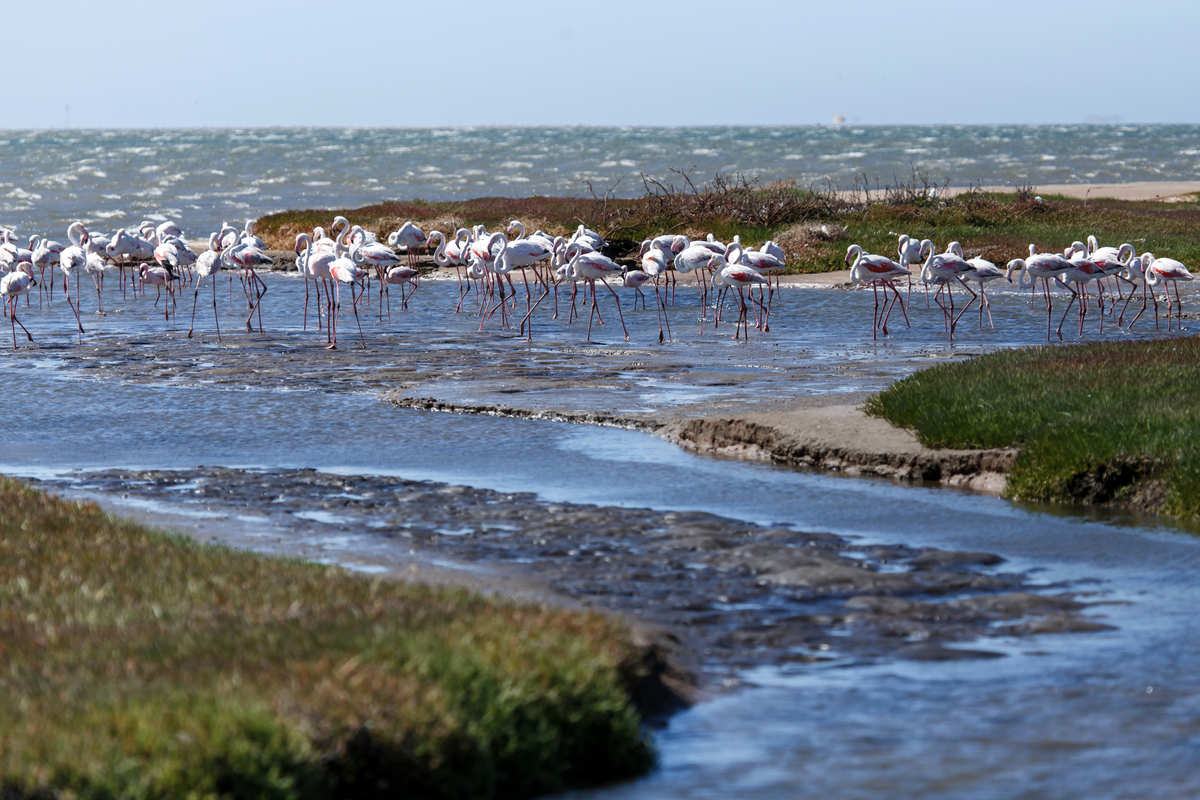
The Camargue is a vast, ethereal wetland region in the Rhône River delta, unlike anywhere else in France. It is a wild landscape of salt flats, marshes, and lagoons, famous for its herds of semi-wild white horses and flocks of elegant pink flamingos. It is a haven for birdwatchers, photographers, and anyone who appreciates raw, untamed nature.
Best Time to Visit: April to June and September to see the flamingos and enjoy pleasant weather for exploring.
What to Do:
How to Reach: The gateway to the Camargue is Marseille (MRS) or Montpellier (MPL). From there, it is best to rent a car to explore the regional park at your own pace.
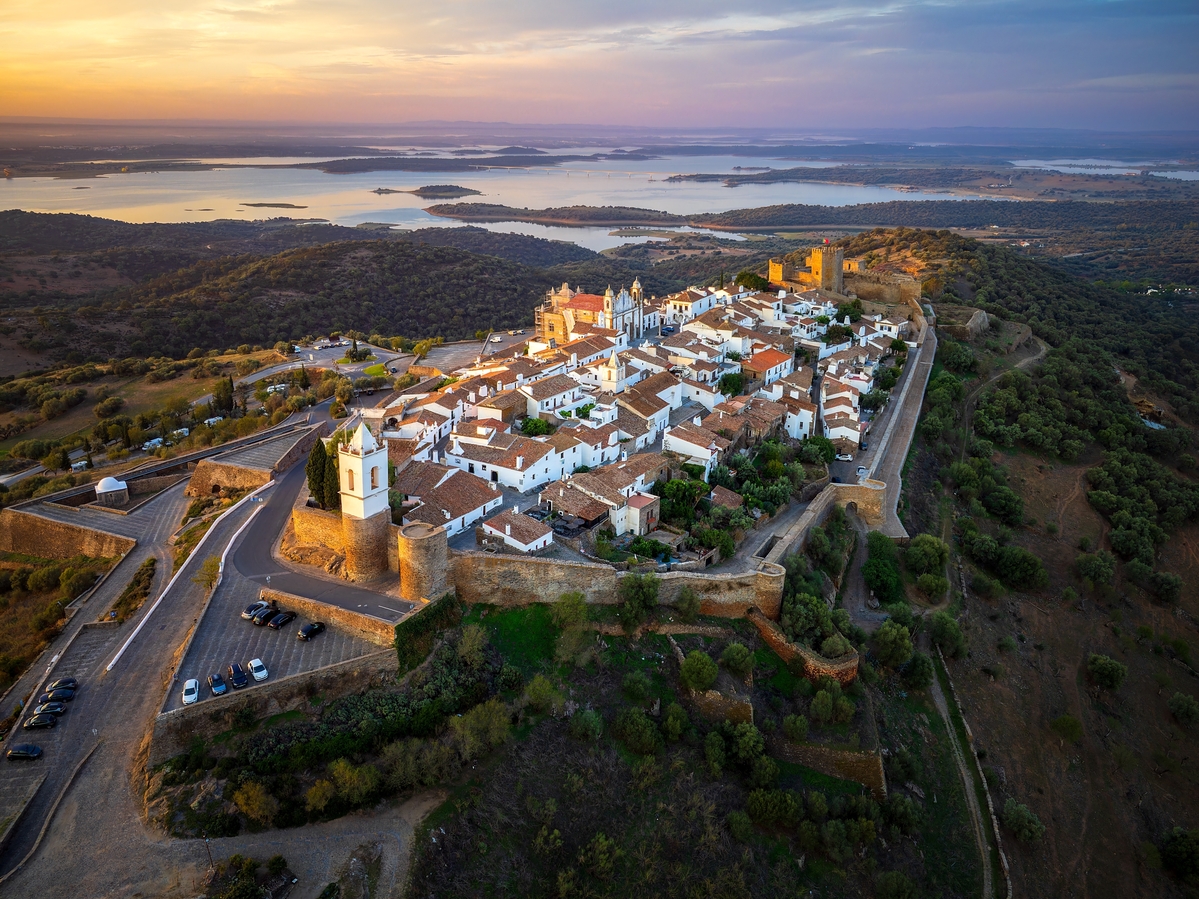
Stretching south of Lisbon, the Alentejo region is the soulful heartland of Portugal. It is a vast, sun-drenched landscape of rolling plains, ancient cork forests, whitewashed villages, and a rugged, untouched coastline. Life moves at a slower pace here. It is a place for hearty food, robust wine, and immersing yourself in authentic Portuguese culture, making it one of the top offbeat places in Europe for couples.
Best Time to Visit: March to June and September to November, as summers can be very hot.
What to Do:
How to Reach: Fly into Lisbon (LIS). From there, Alentejo is easily accessible by train or a rental car, which gives you the freedom to explore its vast landscapes.
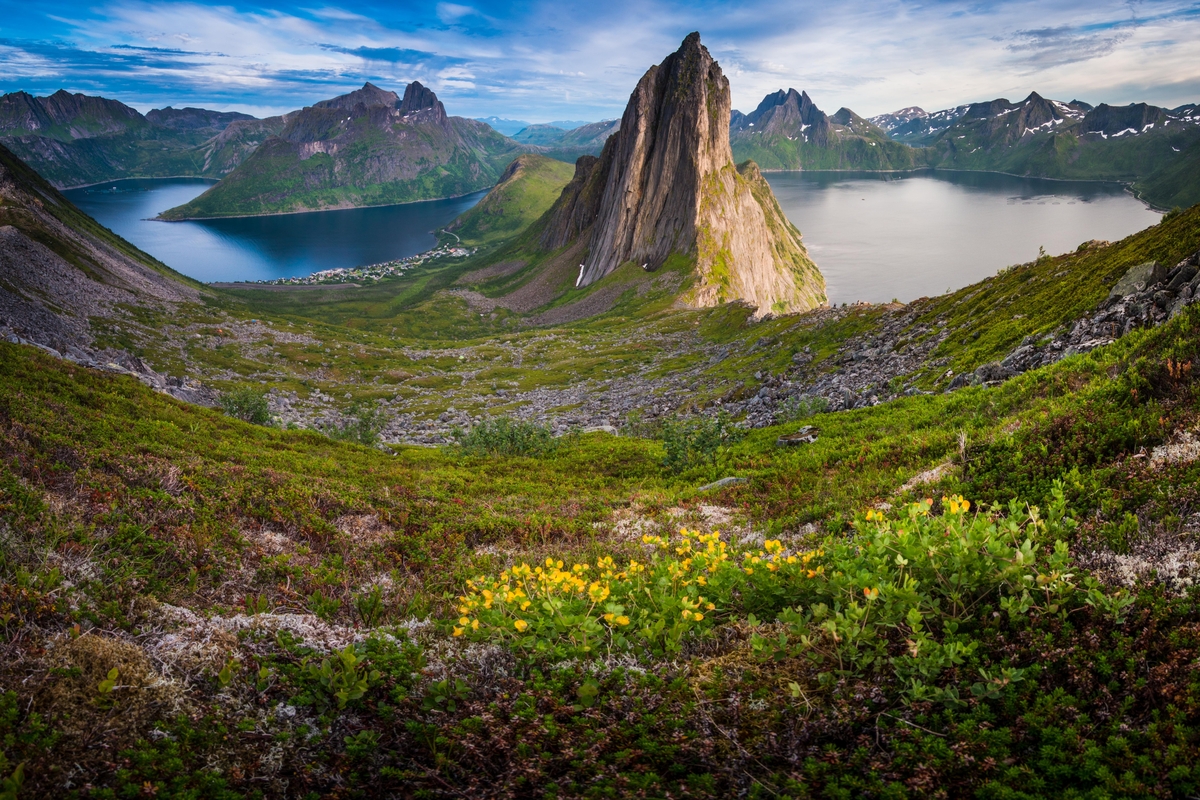
Often described as "Norway in miniature," the island of Senja offers all the drama of the country's famous landscapes, from jagged peaks, pristine beaches, to charming fishing villages, but with a fraction of the tourists. In winter, it is a prime spot for viewing the Northern Lights, while summer offers endless days for hiking under the midnight sun.
Best Time to Visit: September to March for the Northern Lights, or June to August for hiking and the midnight sun.
What to Do:
How to Reach: The nearest airports are Bardufoss (BDU) and Tromsø (TOS). You will likely have a connecting flight from Oslo (OSL). Renting a car is essential for exploring the island.

According to Greek mythology, the Pelion Peninsula was the summer residence of the gods. It is easy to see why. This densely forested peninsula, located halfway between Athens and Thessaloniki, features a unique blend of lush mountains and idyllic beaches. Stone villages cling to the hillsides, while winding paths lead down to crystal clear coves.
Best Time to Visit: May to October. The spring and autumn months are perfect for hiking, while summer is ideal for swimming.
What to Do:
How to Reach: The most practical option for international travellers from India is to fly into Athens (ATH) or Thessaloniki (SKG) and then drive (approximately 3 to 4 hours).
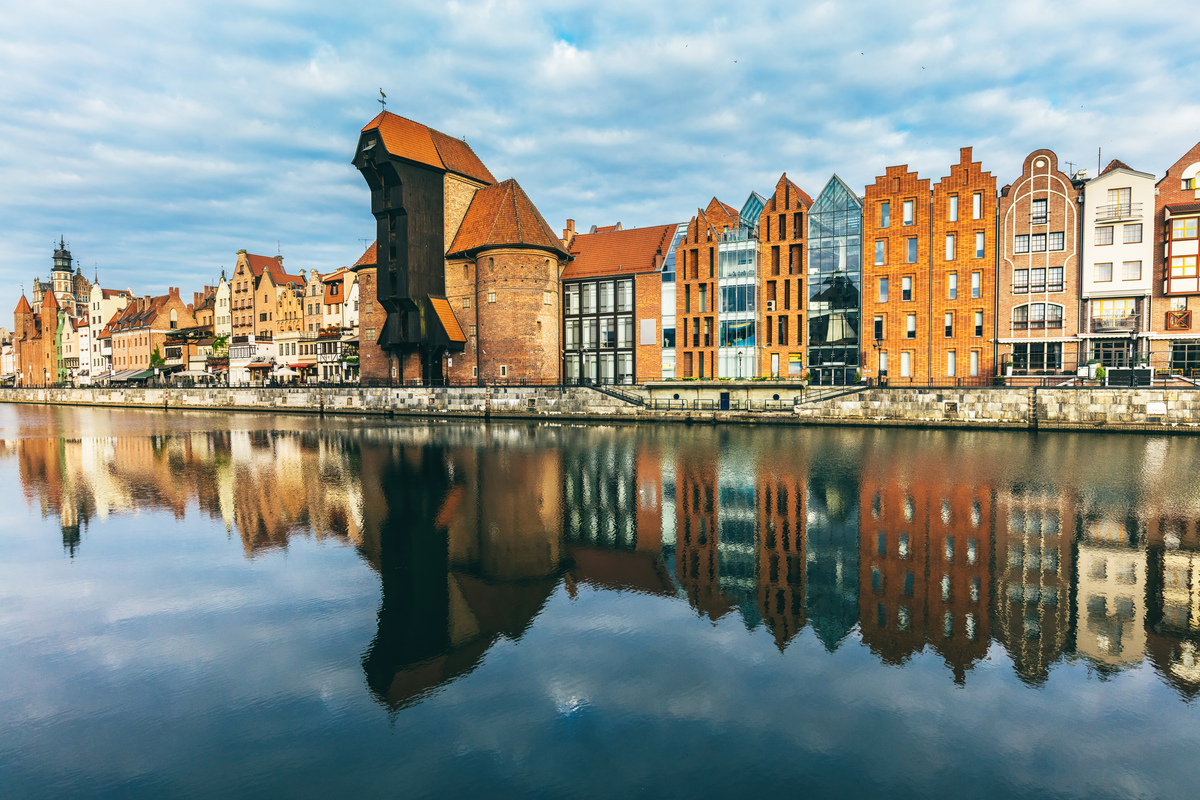
Gdańsk is a city situated on the Baltic coast with a thousand years of history. Its magnificent Old Town, meticulously rebuilt after WWII, is a stunning panorama of colourful, narrow houses, grand gateways, and the glittering Motława River. It is a city that blends maritime heritage with a vibrant, forward-looking energy, offering a rich cultural experience without the crowds of Krakow or Warsaw.
Best Time to Visit: May to September, when the weather is pleasant for walking and exploring.
What to Do:
How to Reach: Gdańsk has its own international airport, Gdańsk Lech Wałęsa Airport (GDN), with good connections to major European hubs.
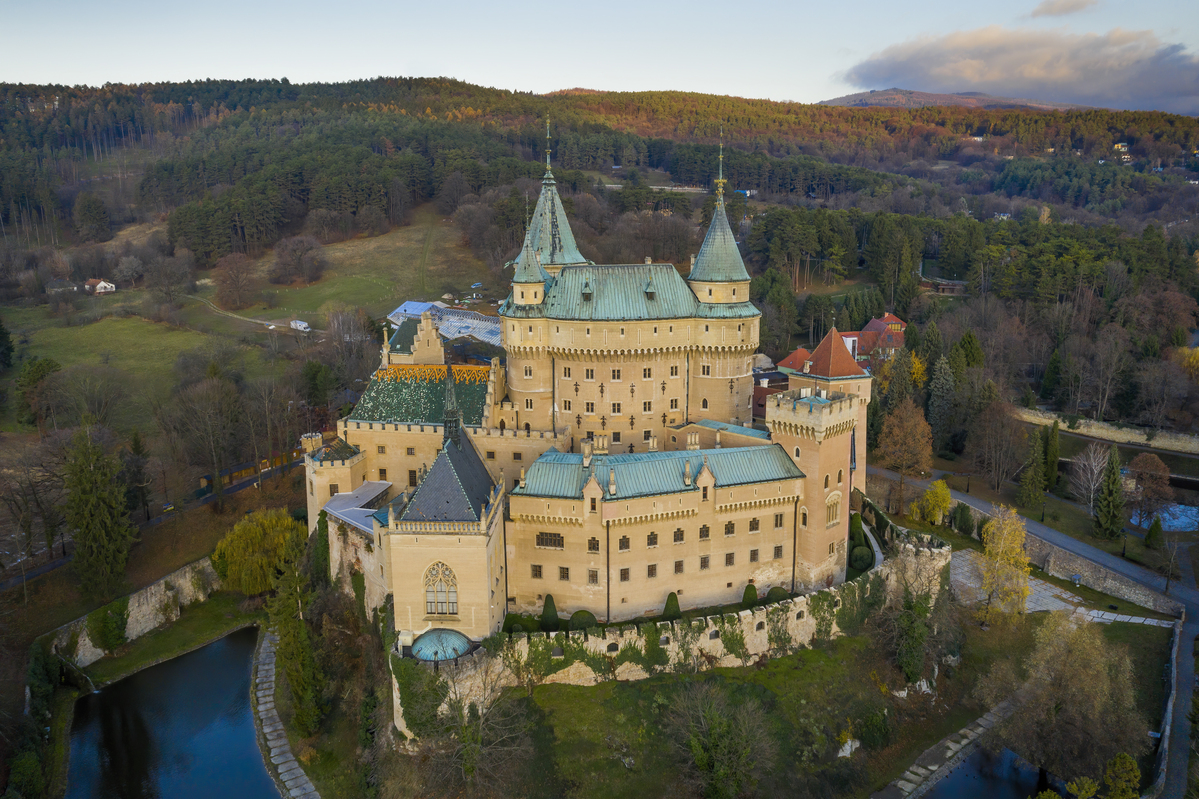
Straight out of a storybook, Bojnice Castle is one of the most romantic and visited castles in Central Europe. With its fairytale turrets, deep moat, and surrounding park, it is a magical sight. The nearby town of Bojnice is also home to a popular zoo and spa, making it a delightful and surprising destination in the heart of Slovakia.
Best Time to Visit: April to October. The castle hosts an International Festival of Ghosts and Spooks in late April/early May.
What to Do:
How to Reach: The closest major international airports are Bratislava (BTS) in Slovakia or Vienna (VIE) in Austria, both about a 2-hour drive away. Public transport is available, but a car offers more flexibility.
These tips will help you make the most of your offbeat Europe trip while keeping things smooth, respectful, and enjoyable.
There’s a special kind of magic in discovering a place that feels untouched, where the stories are still lived rather than told. These offbeat places in Europe offer moments of calm, culture, and quiet wonder. Away from the crowds, you’ll find space to reflect, connect, and travel on your own terms.
Sometimes, the best stories are written far from the crowds. And sometimes, the most memorable journeys begin with a single turn off the main road.
Countries like Finland, Slovenia, and Portugal are often praised for their calm landscapes, low crowds, and relaxed pace of life. They’re ideal for travellers seeking quiet and reflection.
Destinations such as the Pelion Peninsula in Greece and Alentejo in Portugal offer stunning scenery, privacy, and a romantic, unhurried atmosphere.
Travel in shoulder seasons, book regional transport in advance, and stay in local guesthouses. Many offbeat places in Europe are more affordable than mainstream cities.
Spring (April to June) and early autumn (September to October) are ideal. These months offer mild weather, fewer tourists, and vibrant natural beauty.
No. However, Club Mahindra offers stays at the Royal Tulip Hotel and Casino in Tbilisi, Georgia, and through its Holiday Club Resorts in Finland and Sweden.
Most hidden destinations in Europe are very safe for solo travellers, especially in countries like Norway, Slovenia, and the Czech Republic. Always check local guidelines and stay connected.
Most countries on this list fall under the Schengen zone, which requires a short-stay tourist visa. Some non-Schengen countries, like Georgia, offer e-visa options for Indian citizens.
Mahindra Holidays & Resorts India Ltd. (MHRIL), a part of Leisure and Hospitality sector of the Mahindra Group, offers quality family holidays primarily through vacation ownership memberships and brings to the industry values such as reliability, trust and customer satisfaction. Started in 1996, the company's flagship brand ‘Club Mahindra’, today has over 300,000 members , who can holiday at 140+ resorts in India and abroad.
We use cookies to personalise content and to provide you with an improved user experience.By Continuing to browse this site you consent to the use of cookies.Please visit our cookie policy for further details.

Welcome to ClubMahindra.com In order to provide a personalised experience for you, we use cookies to enable some website functionality. Cookies help us see which articles most interest you; allow you to easily share articles on social media channels; permit us to deliver content personalised to your interests and locations; along with many other site benefits. For more information, please review our Cookie Policy
When you visit any website, it may store or retrieve information on your browser, mostly in the form of cookies. This information might be about you, your preferences or your device and is mostly used to make the site work as you expect it to. The information does not usually directly identify you, but it can give you a more personalized web experience. Because we respect your right to privacy, you can choose not to allow some types of cookies. Click on the different category headings to find out more and change our default settings. However, blocking some types of cookies may impact your experience of the site and the services we are able to offer.
Because we respect your right to privacy, you can choose not to allow some types of cookies and you have the right to withdraw your consent by send a mail to email id [email protected]
These cookies are essential in order to enable you to move around the site and use its features, such as accessing secure areas of the site. Without these cookies, services you have asked for cannot be provided.
These cookies allow us to employ data analytics so we can measure and improve the performance of our site and provide more relevant content to you. These cookies don't collect information that identifies a visitor down to an individual level that is available to us. These cookies are not passing personally identifiable information to any external third party other than in limited cases when we engage a service provider to act on our behalf but who is then unable to use the data for their own purposes.
Performance cookies are generally third-party cookies from vendors we work with or who work on our behalf that collect information about your visit and use of the Club Mahindra website, for instance which pages you visit the most often, and if you get error messages from web pages. These cookies don't collect information that identifies a visitor. All information these cookies collect is anonymous and is only used to improve your overall experience on how the website works. Third party vendors may have access to this data and may use it to improve their overall services and offerings.
Functionality cookies allow a site to remember choices you make (such as your user name, language or the region you are in) and provide more enhanced, personal features. These cookies cannot track your browsing activity on other websites. They don't gather any information about you that could be used for advertising or remembering where you've been on the Internet outside our site.
Third-party advertising and social media cookies are used to (1) deliver advertisements more relevant to you and your interests; (2) limit the number of times you see an advertisement; (3) help measure the effectiveness of the advertising campaign; and (4) understand people's behaviour after they view an advertisement. They are usually placed on behalf of advertising networks with the site operator's permission. They remember that you have visited a site and quite often they will be linked to site functionality provided by the other organization. This may impact the content and messages you see on other websites you visit. If you do not allow these cookies you may not be able to use or see certain these sharing tools content on our website.